Mass tourism has transformed Europe’s most beloved destinations into overcrowded theme parks where locals struggle to live normal lives. Rising rents push families from neighborhoods they’ve called home for generations, while traditional shops give way to souvenir stands and Instagram-worthy cafés that serve tourists instead of communities.
The breaking point arrived years ago in many cities, yet visitor numbers continue climbing. Here’s a list of 15 European cities where residents have declared war on tourism.
Venice
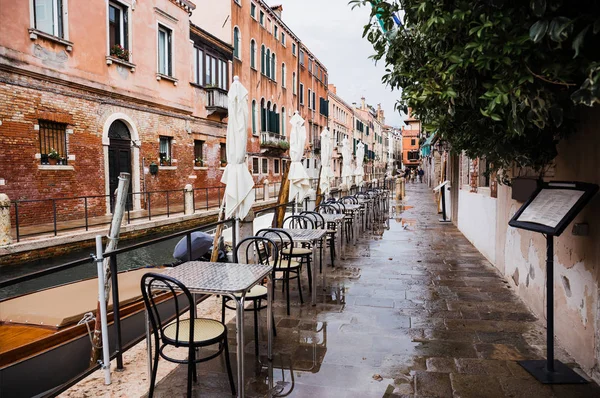
This floating city drowns under 25 million annual visitors while barely 50,000 people call it home—imagine your neighborhood invaded by 500 strangers every single day. Cruise ships unload thousands of passengers simultaneously onto medieval streets never designed for such crowds, turning simple errands into obstacle courses through selfie-taking masses.
Venetians joke bitterly about needing GPS to navigate tourist groups in their backyards, though it’s hardly funny when grocery shopping becomes a competitive sport against tour groups seeking photo opportunities.
Barcelona
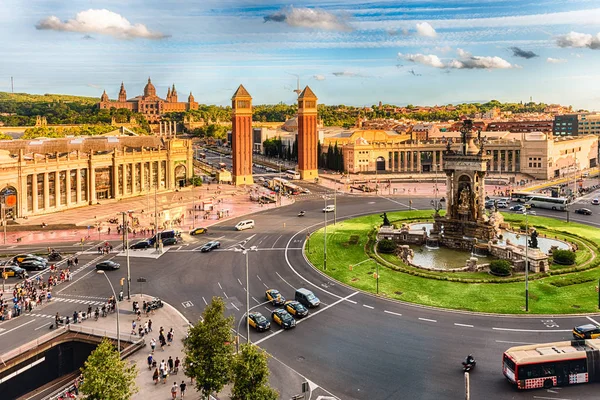
Spray-painted walls declaring ‘Tourists Go Home’ tell the story of a city pushed beyond its limits, where locals organize protests outside their landmarks just to reclaim public space. Entire neighborhoods have transformed into vacation rental zones, pushing working families to distant suburbs while transforming community squares into party destinations for bachelor groups.
The sound of rolling suitcases on cobblestones has become Barcelona’s unwanted soundtrack—a constant reminder that visitors matter more than residents in the city’s economic priorities.
Like Travel Pug’s content? Follow us on MSN.
Amsterdam
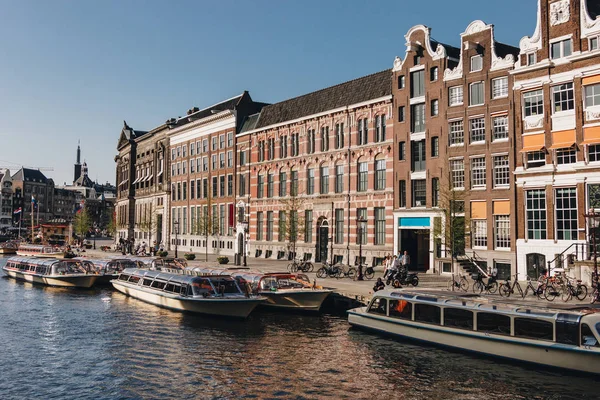
The city center has become so tourist-heavy that actual Amsterdammers avoid their downtown during peak seasons, treating it like a contaminated zone they must navigate carefully. Red-light district residents watch their neighborhood get treated like an adult theme park, with visitors behaving inappropriately while families try to go about their daily routines.
Canal tour boats create traffic jams on waterways once used for peaceful transportation, while their wakes slowly damage historic building foundations that have stood for centuries.
Lisbon
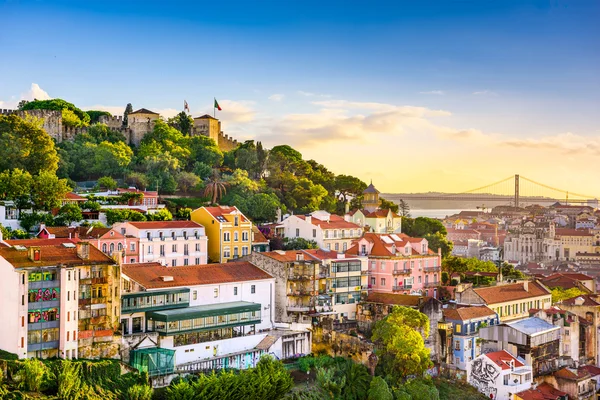
Alfama’s ancient streets echo with foreign languages instead of Portuguese as longtime residents get priced out by tourism gentrification that values Instagram aesthetics over community character. Traditional fado houses—where locals once gathered for authentic cultural expression—have become dinner theaters for tourists seeking ‘authentic’ experiences that are anything but genuine.
Tram 28 serves as a rolling tourist attraction rather than public transportation, leaving locals stranded at stops while visitors pack cars beyond capacity for sightseeing rather than actual travel needs.
Prague

Old Town Square resembles a human zoo during summer months, with street performers and souvenir vendors creating carnival atmospheres that drown out the historic significance these spaces once held. Cheap beer tourism has turned traditional Czech pubs into rowdy party destinations where authentic local culture gets buried under drinking games and loud groups treating the city like their personal playground.
Historic buildings serve as backdrops for endless photo shoots while their cultural stories get lost in the noise of tour guide megaphones competing for attention.
Like Travel Pug’s content? Follow us on MSN.
Dubrovnik
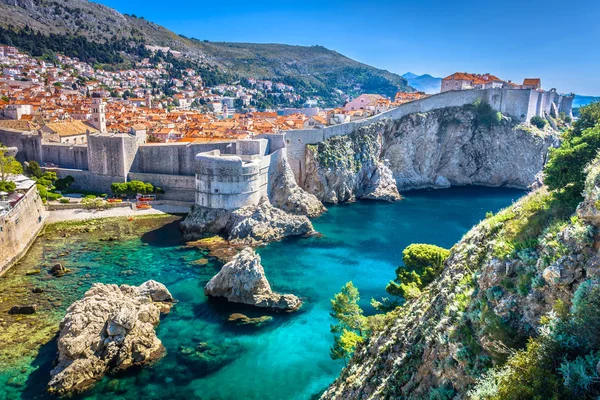
Ancient city walls buckle under daily invasions from cruise passengers who triple the population within hours, creating human stampedes through narrow passages never intended for modern crowds. Game of Thrones tourism brought additional chaos as fans blocked residential streets seeking perfect shots, treating people’s homes like movie sets where real life must pause for photo opportunities.
The few remaining locals describe feeling like museum exhibits in their city, performing daily routines while tourists document every mundane activity as exotic entertainment.
Santorini
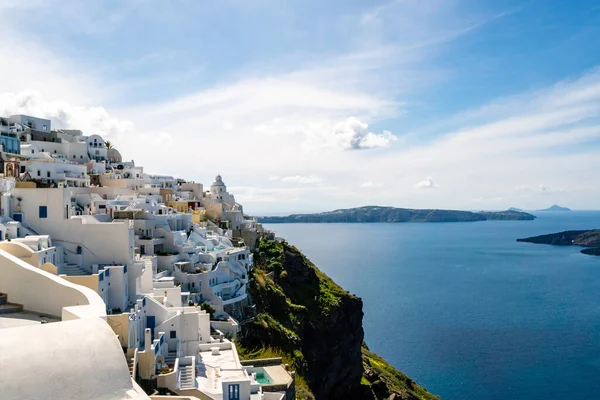
This volcanic island receives 15,000 cruise passengers on busy days despite having only 15,000 permanent residents—imagine doubling your town’s population every morning, then watching them leave by evening. Oia’s famous sunset viewing areas become dangerous human crushes where people climb private property and leave trash throughout residential neighborhoods just to capture identical photos already posted millions of times on social media.
Water supplies are strained under tourist demand while emergency services struggle to respond through streets clogged with donkey rides and tour groups blocking narrow passages.
Florence
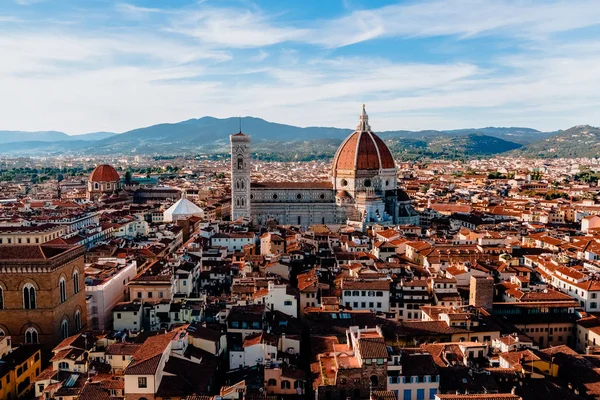
Renaissance masterpieces provide scenic backdrops for human traffic jams where locals compete with tour groups for basic sidewalk space, turning simple walks into competitive navigation exercises. Ponte Vecchio transforms into a pedestrian nightmare during peak hours, with city officials considering one-way human traffic systems to prevent dangerous crowding on the historic bridge.
Traditional artisan workshops get priced out by souvenir shops selling mass-produced trinkets labeled as ‘authentic Florentine crafts,’ erasing centuries of genuine artistic tradition for tourist convenience.
Like Travel Pug’s content? Follow us on MSN.
Bruges
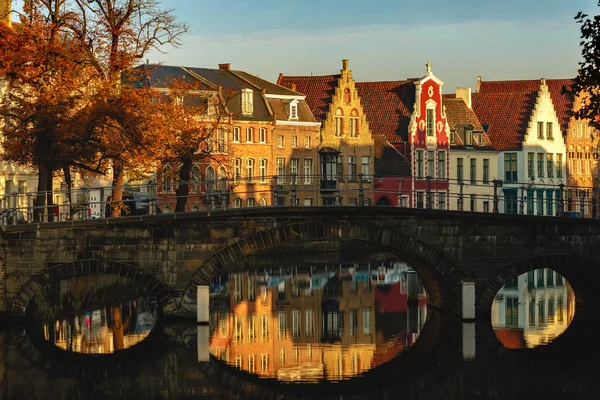
Marketing itself as a fairy-tale medieval city created the ultimate irony—residents now feel trapped inside a theme park where their daily routines become tourist attractions they can’t escape. Narrow cobblestone streets choke on tour bus exhaust, while traditional lace-making shops struggle against tourist-oriented businesses that prioritize quick sales over cultural authenticity.
Locals describe their hometown as a museum where they serve as unwilling exhibits, performing normal activities, while visitors treat every interaction as an exotic cultural experience worthy of documentation.
Rome

The Eternal City’s historic center becomes a no-go zone for Romans during daylight hours, as iconic landmarks disappear behind walls of tour groups and street vendors competing for the same precious space. Ancient ruins serve as picnic areas for tourists who leave trash and damage behind, forcing the city to implement eating restrictions near monuments that survived centuries only to face destruction from modern visitors.
Residential neighborhoods near major attractions have emptied of families and been replaced by short-term rental properties that turn apartment buildings into informal hotels without regulations or community consideration.
Paris

Certain arrondissements function as ‘museum districts’ where actual Parisians become rare sightings, displaced by vacation rentals that prioritize tourist convenience over community cohesion. The Marais and Saint-Germain neighborhoods lose their authentic character as traditional businesses close, unable to afford rents inflated by tourism-focused commercial spaces.
Metro stations near major attractions become obstacle courses where tourists with oversized luggage create bottlenecks that turn routine commutes into endurance tests for working Parisians trying to navigate their transportation system.
Like Travel Pug’s content? Follow us on MSN.
Edinburgh
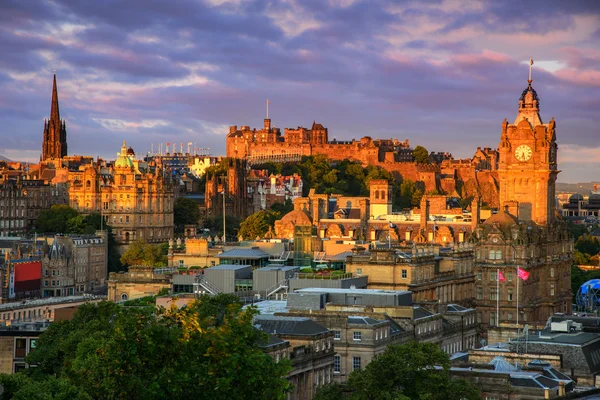
The Royal Mile becomes virtually impassable during festival season, creating human gridlock that prevents residents from accessing basic neighborhood services like pharmacies, grocery stores, and medical appointments. Traditional Scottish pubs get replaced by whisky-tasting experiences designed for tour groups rather than locals, fundamentally altering the social fabric of communities that once gathered in these spaces.
Housing costs skyrocket as property owners convert apartments into festival accommodation, forcing working families to abandon the city center they’ve called home for generations.
Reykjavik
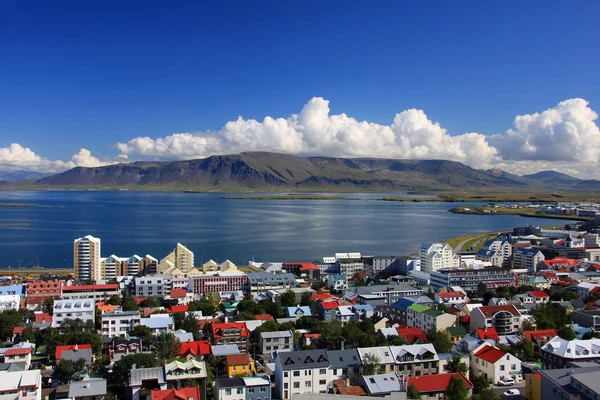
Iceland’s tiny capital of 130,000 residents gets overwhelmed by the country’s 2+ million annual visitors, with most concentrating in the compact downtown area that simply cannot absorb such numbers. Traffic jams plague roads never designed for tour bus volumes, while traditional Nordic culture gets commercialized into Viking-themed tourist experiences that embarrass locals with their historical inaccuracy.
The famous Blue Lagoon creates additional pressure as visitors treat Iceland like a single attraction rather than a complex culture worth understanding beyond Instagram opportunities.
Copenhagen
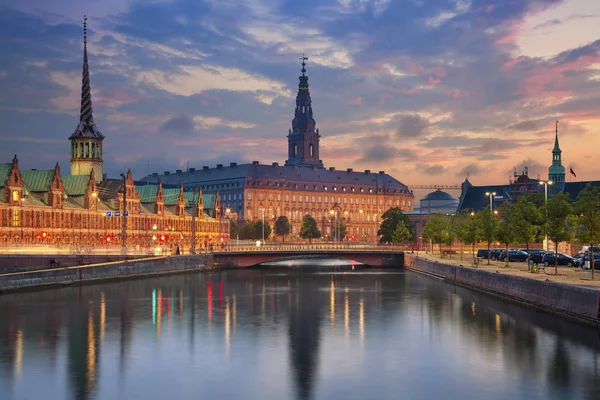
Nyhavn Harbor transformed from a working waterfront into a tourist photo zone, with constant canal tour traffic disrupting the peaceful atmosphere that once made this area special for residents. The city’s celebrated bicycle culture faces threats from tourist riders who don’t understand local cycling etiquette, creating safety hazards and traffic conflicts on paths designed for experienced local cyclists.
Traditional Danish hygge gets packaged and sold to visitors as a consumable experience, while authentic local gatherings retreat from increasingly commercialized historic areas that prioritize tourist spending over a community connection.
Like Travel Pug’s content? Follow us on MSN.
Cinque Terre

These five coastal villages receive 2.5 million visitors annually despite housing just 4,000 permanent residents combined—that’s over 600 tourists per resident throughout the year. Narrow hiking paths become dangerous bottlenecks where visitors wait in lines to navigate single-file sections while residents struggle to access their communities for basic needs like medical care and grocery shopping.
Traditional fishing and farming disappear as residents either flee the chaos or convert properties into tourist accommodations, fundamentally destroying the authentic character that originally attracted visitors to these ancient settlements.
The Tourism Trap Paradox
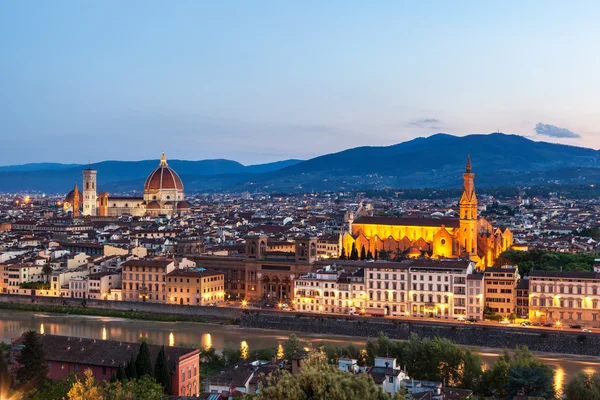
These European destinations prove that tourism success can destroy the very qualities that made places worth visiting, creating a destructive cycle where popularity kills authenticity. Cities now face the impossible challenge of preserving cultural identity while managing economic dependence on industries that actively undermine local community life.
The future of European travel depends on developing tourism models that respect resident needs alongside visitor desires, though current trends suggest the damage may already be irreversible in many beloved destinations.
More from Travel Pug

- 20 Best Beach Towns in the Carolinas
- 13 Destinations Where Tourists Regularly Regret Their Trip
- 20 Things You Actually Get in First Class
- 20 Small Airports With Aviation Museums
- 20 Places in the U.S. That Are Perfect for a Reset Trip
Like Travel Pug’s content? Follow us on MSN.
